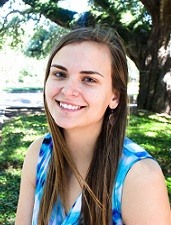Workload data in a modern digital radiography practice
Presentations
(Saturday, 3/26/2022) 10:30 AM - 12:30 PM [Central Time (GMT-5)]
Room: Celestin D-E
Purpose: The well-referenced structural shielding design NCRP Report No.147 uses workload information based on self-reported film-screen data from the AAPM Task Group 9 survey. The aim of this study was to assess the clinical workload distributions of modern digital radiography (DR) systems in general hospital and pediatric-only practices.
Methods: A retrospective analysis of DR imaging data on two radiographic systems (Discovery XR656, GE Healthcare) in a hospital practice and two radiographic systems (Ysio, Siemens Healthcare) in a pediatric practice, through a custom clinical DICOM header analytics program) A total of 24719 hospital exams and 6024 pediatric exams from 2019 were included. Values for kVp, mAs, and detector type (wall bucky, table bucky, or free detector) were extracted. For each exam, mAs was accumulated in a kVp histogram with bins 5 kVp wide and further parsed by detector type. Total workload was calculated by summing all exposures, then normalized by the number of patients. Repeat-reject rate was calculated either through DICOM header information or data accumulated on the scanners, and further applied for workload correction.
Results: Repeat-reject rate was 17.1% for hospital and 6.9% for pediatric practice. The median workload in the hospital practice was 0.57 mA-min per patient, while the average was 1.61 ± 3.16. Pediatric data yielded a median of 0.09 and an average of 0.29 ± 0.72 mA-min per patient. Mean number of patients per week was 230 adult and 57 pediatric.
Conclusion: The workload distributions and use factors of modern DR rooms have been presented. Hospital workload data is approximately 35% less than the NCRP Report No. 147 value, while the number of patients per week increased by 70%. The impact on shielding design will be further explored.
Keywords
Not Applicable / None Entered.
Taxonomy
Not Applicable / None Entered.
Contact Email



